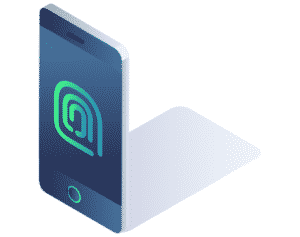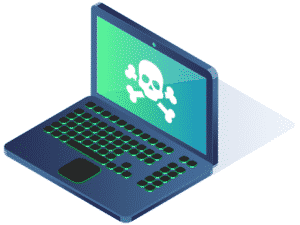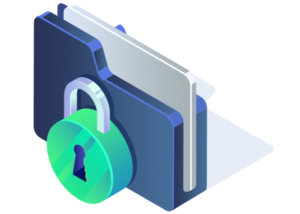Share this
3 Security Tips From an Ex-NSA Hacker
by Josh Lamb on Dec 5, 2019 12:00:00 AM
This year, a key theme at the annual ITNATION conference was cybersecurity for Managed Services Providers (MSPs) and IT departments. A growing trend in 2019 is criminal organizations gaining access to important system management tools, and using them to compromise several organizations at once.
Criminal organizations are realizing that if they can gain access to important system management tools, they are able to multiply the effectiveness of ransomware and phishing attacks. By hitting one organization, they can gain access to several more.
Today we’re bringing you 3 tips to mitigate these attacks from cybersecurity experts Chris Inglis (Former Deputy Director of the NSA, current member of the Blackpoint Cyber Board of Directors) and Jonathan Murchison (former NSA and now CEO of Blackpoint Cyber).
During a Q&A of the conference, Murchison was asked “What tactical strategies can help mitigate against these attacks?” Here’s the three pieces of advice he gave:
1. Implement Two-Factor Authentication (2FA)

Two-factor authentication (2FA) involves adding an additional credential to gain access to a system. Typically this is implemented as a PIN code which frequently changes. This additional layer means that simply having the correct username and password is not enough. The attackers job has now become much more difficult. 2FA also helps curb the threat of password reuse. If a password was used on multiple systems, 2FA can still deny an attacker access.
2. Restrict Outside Access

The move to cloud-based applications has also touched the IT management world. It is increasingly common for organizations to have cloud-based Remote Management and Monitoring (RMM) tools. This opens up the risk of an attacker logging in remotely and deploying malicious software to potentially thousands of computers. Murchison recommended that administrators should incorporate two safety measures to restrict access to their RMM.
- Restrict access to their RMM based on source IP. Only allow access from your authorized places of business.
- Require users to use a VPN into the office in order to use the RMM
By creating these restrictions, an outside attacker must go through several more layers before he is able to gain access to such a critical system.
3. Carefully Store Script Secrets

While many organizations rely heavily on IT management systems, it is common to also employ home-brewed scripts to fill in areas of automation where the existing tools lack a capability.
However, Murchison cautioned that IT providers can become careless with using administrator level credentials in these scripts. The result is that these passwords can show up in places like Windows event viewer. An attacker that has access to any computer using the script can obtain these unencrypted passwords and use them to cause havoc.
DNSFilter is committed to helping organizations secure their network by using A.I. to detect and deny access to internet threats. Our full support of industry standards like two-factor authentication and DNS-over-TLS give you total control over your organization’s DNS. Start a free trial today and enjoy the speed and security of DNSFilter.
Share this
 Shadow IT: The Hidden Threat in Your Clients' Networks
Shadow IT: The Hidden Threat in Your Clients' Networks
Shadow IT is quickly becoming one of the biggest blind spots in cybersecurity, especially for MSPs. As clients increasingly adopt cloud-based tools, browser extensions, and AI-powered applications, many of these services bypass traditional IT oversight. These unsanctioned tools may seem minor at first, but they can introduce serious vulnerabilities to your clients' environments.
 Tycoon 2FA Infrastructure Expansion: A DNS Perspective, and Release of 65 Root Domain IOCs
Tycoon 2FA Infrastructure Expansion: A DNS Perspective, and Release of 65 Root Domain IOCs
Our analysis of Tycoon 2FA infrastructure has revealed significant operational changes, including the platform's coordinated expansion surge in Spanish (.es) domains starting April 7, 2025, and evidence suggesting highly targeted subdomain usage patterns. This blog shares our findings from analyzing 11,343 unique FQDNs (fully qualified domain names) and provides 65 root domain indicators of compromise (IOCs) to help network defenders implement mo...
 The Best Content Filter Software Checklist: A Buyer's Guide to DNS-Level Protection
The Best Content Filter Software Checklist: A Buyer's Guide to DNS-Level Protection
Staying Ahead with Smarter Web Filtering
Across every industry and network environment, content filtering isn’t just a matter of productivity, it’s a front line of defense. From malware and phishing to compliance risks and productivity drains, the threats are real, and the stakes are high.


